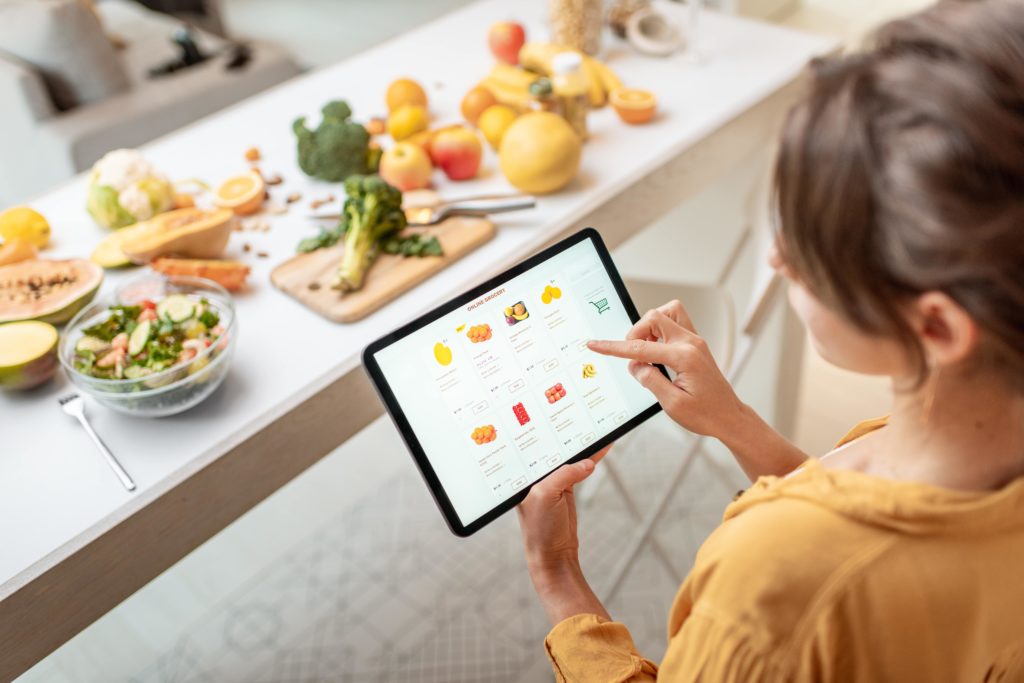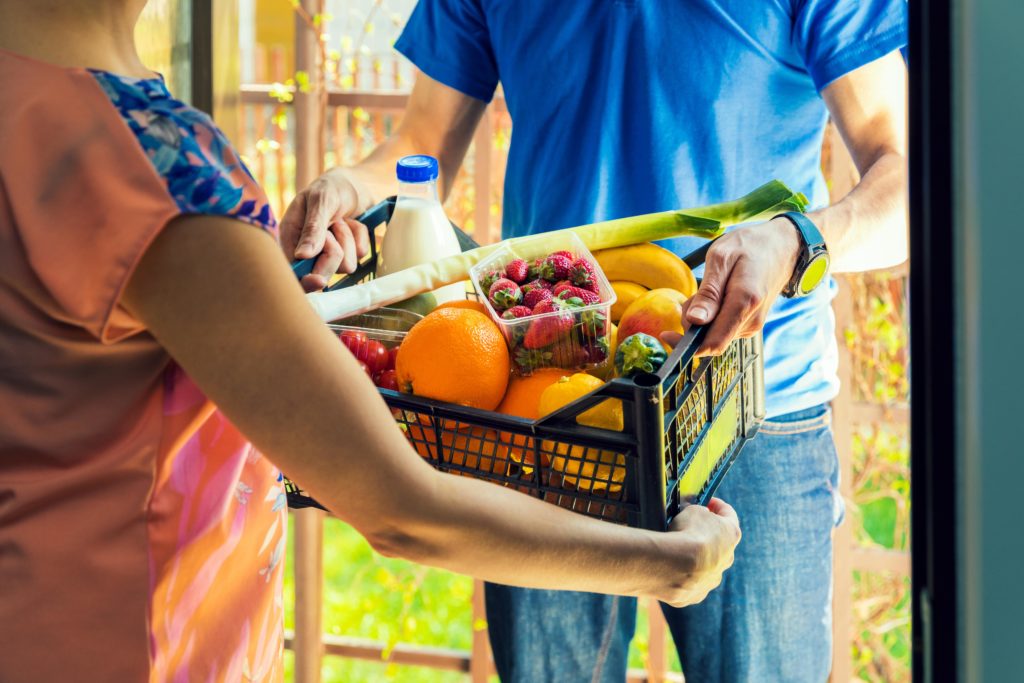26th July 2022
The Evolution of E-Commerce in 2022
Introduction
Over the last two years, consumer shopping habits have been drastically affected by the pandemic. Consumers had to stay at home and had to rely more on e-commerce platforms for their shopping. As consumers become more confident and return to everyday life, will they continue to shop online or will they return to shopping in physical stores?

Shopping Behaviors
Online shopping channels are well established with a number of consumers turning to them to order their food and drink products. FMCG Gurus insight highlights that nearly three in ten consumers say that they are either purchasing their groceries online all of the time or some of the time. This has had minimal growth from 2020, highlighting how the increased popularity of E-commerce is not purely down to the pandemic but instead, consumers changing the way that they shop.
The pandemic has had a significant impact on the way consumers think and behave in any aspect of their life, including their shopping habits. Due to consumers feeling cautious about large crowds in public areas consumers were more inclined to buy from online channels. Although consumer fear of the virus has declined, 73% of consumers state that they are more willing to shop online, an increase of 9% from 2020. This is something that will be linked to other attributes beyond safety, such as higher levels of trust and a greater focus on convenience, highlighting how the increased popularity of online channels will not be a short-term trend.
Consumer Satisfaction
Whilst consumers initially may have started using online services because of recommendations from family and friends, satisfaction with the services provided is the reason that they return to using such services. FMCG Gurus research shows that of the consumers who have been shopping online for at least six months, 74% stated they are satisfied with the freshness and quality of products delivered. This is important for the industry as it shows that historical associations with the industry are being overcome and that consumers can switch from physical stores to online channels in a compromise-free and hassle-free manner.

Although consumers are overall satisfied with their online experience, affordability is identified as a key area for improvement. FMCG Gurus research shows that 78% of consumers who shop online would like cheaper prices, with 66% wanting more promotional offers. Food inflation is a genuine concern for many people, who feel that prices are rising at a high rate, making grocery shopping an expensive chore. As a result, consumers are struggling to balance everyday living costs. This is something that will only intensify over the next couple of years because of rising living costs, meaning brands need to innovate from a promotional offerings perspective and demonstrate maximum value.
Barriers to Online Shopping
When it comes to buying food and drink online, consumers face a number of concerns. FMCG Gurus consumer insights highlight that 72% of global consumers typically shop in a physical store for their food and drink. Of these consumers who do not shop online, 72% state that they would like to physically evaluate the products they are buying, whilst admitting that they would have concerns about the freshness of products delivered. This relates to historical worries around online delivery services sending out products that were of lower quality/had a shorter use-by-date, to avoid food waste at the retailer end because people who physically evaluated the products in-store would be less likely to buy them.